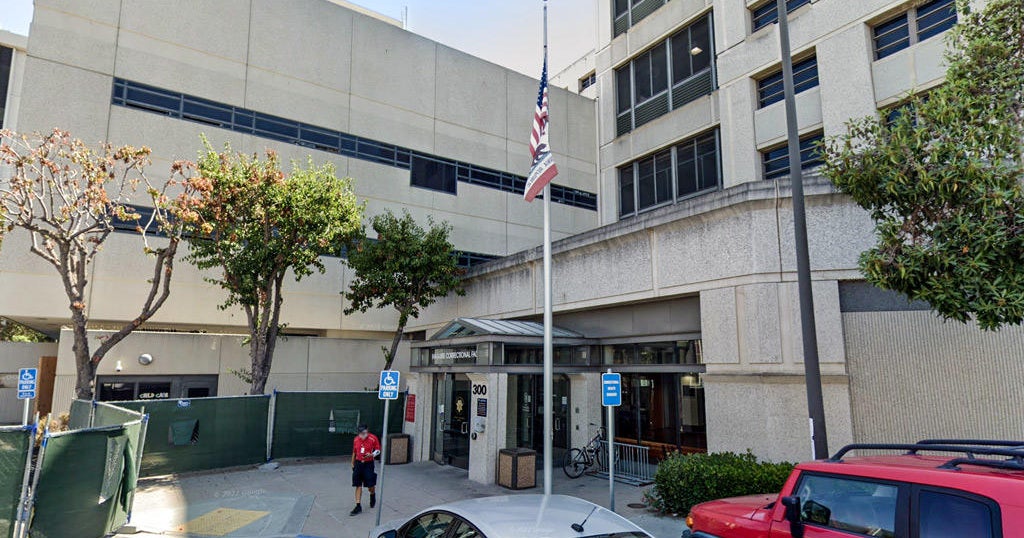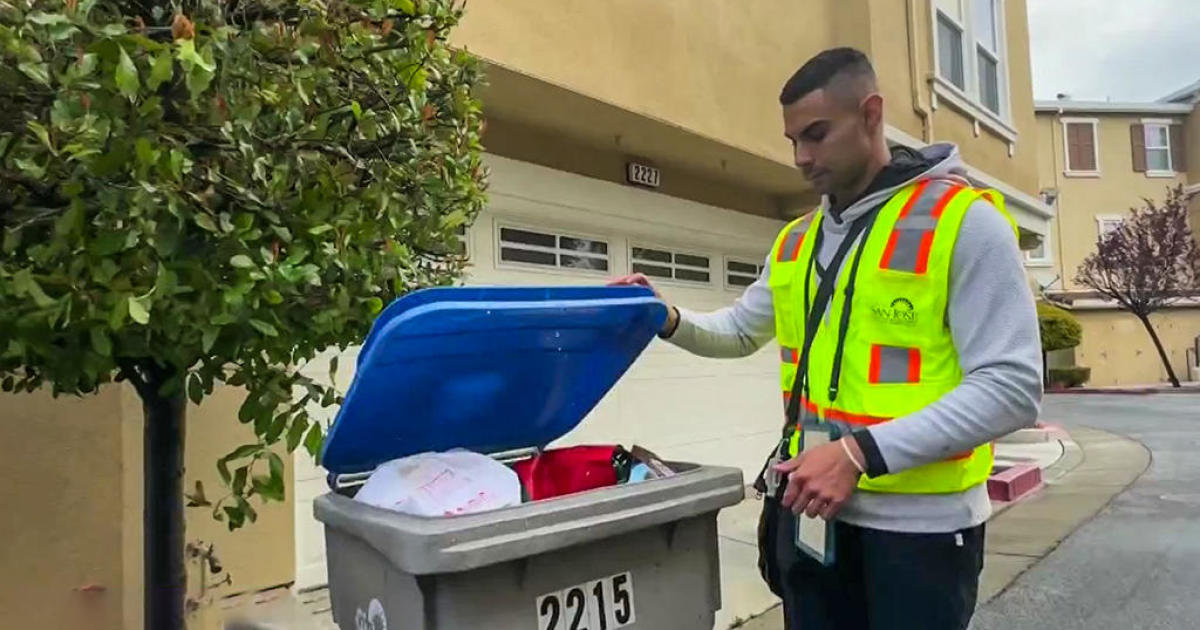Redwood City startup developing windows to collect solar energy
REDWOOD CITY (KPIX 5) - At the headquarters of Ubiquitous Energy in Redwood City, the familiar black solar panels on the roof are pretty obvious. But the lights in the company conference room are being powered by the windows, which are also acting as solar collectors.
Solar power is often seen as the most sustainable way to power a modern society, but finding enough space for all the panels can be a challenge.
"That's kind of the problem we set out to solve with our technology. How can you make solar technology that's completely invisible? And by making it invisible, now we can apply it to many more surfaces," said Miles Barr, UE's co-founder and Chief Technology Officer.
Barr said his company has invented an invisible coating using photosensitive dyes that capture energy from only the nonvisible infrared and ultraviolet spectrums, turning windows into see-through solar panels.
"So, you can use the full surface, the full vertical surface of a glass skyscraper to generate electricity that can be used by the building," he explained to KPIX 5. "You could actually generate up to 30% of a building's energy needs just from the glass surface on the building."
The possibilities are staggering. Every year, more than 20 billion square feet of window glass is installed around the world, enough to circle the Earth 100 times.
CEO Susan Stone told KPIX 5 their windows are an innovation that offer change without sacrifice.
"You were going to put that glass in anyway. So we're not talking about putting in an entire new solar system," Stone said. "We're talking about, you're buying a window and now do you want to pay a little bit more so your window produces electricity as well? I mean, this is disruptive, right? Solar in a place that it's never been before, where nobody's ever imagined solar could be."
The company has already formed a partnership with Andersen Windows and expects to begin full-scale production sometime in 2024.
The technology can be applied to both commercial and residential use and can either charge a centralized battery, or be used in the window itself to power "smart" features, such as remote controlled shades.
But that's just the beginning. Theoretically, the same coating could be applied to any hard or painted surface, so electronic devices and even parked cars could charge themselves.
"Really the mission that we've set out on is to enable every surface all around us to generate its own renewable electricity," said Barr.
"It is absolutely just the beginning," said Stone, "starting with windows, but the sky's the limit."




